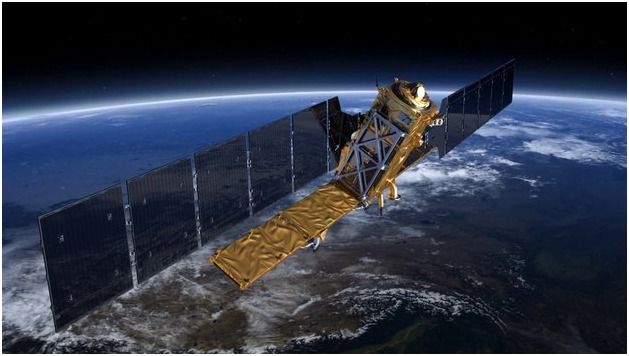Satellites have been flying around the earth for decades — scanning landscapes and capturing images of our fast-changing planet. Remote sensing has been around since even before the first flight of the Wright brothers. It was restricted to hot air balloon flights back then. Systematic aerial photography and satellite remote sensing reached an inflection point during the Cold War, when the need for surveillance led to modification of combat aircraft for the purpose of spying. The space race also gave a fillip to satellite launches. The first satellite photographs of the earth were taken on August 14, 1959 and satellite image processing techniques evolved in 1960s and 1970s.
Till late 1990s, the primary consumer of remote sensing data was either governments bodies or defence agencies. This was because of the strategically sensitive nature of technology, which gave birth to the fear that it can be used for spying. However, after the fall of the Soviet Union commercial satellite imagery market began to evolve and IKONOS became the first commercial, very-high resolution satellite to be launched in 1999. Another factor in play was the growing use of computer software for analysis of data and satellite data consumption benefited from this growth in the 1990s.
The 21st century saw rapid changes in the remote sensing industry. Data consumption continued to increase. This was accelerated by the fall in costs of satellite imagery. Moreover, open data sources emerged with Landsat data becoming publicly available in 2009. Copernicus Hub followed in 2014 when the European Space Agency launched Sentinel 1. Another inflection point occurred in the industry when Planet launched a constellation of 88 Dove satellites abroad the PSLV-C37 of ISRO. These are shoe-box sized satellites leveraging the power of off-the-shelf consumer electronics to reduce costs. Further innovation in satellite launching by a slew of startups led by SpaceX has reduced costs of launching satellites.
